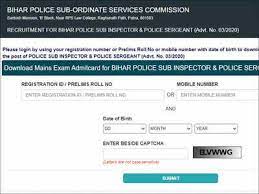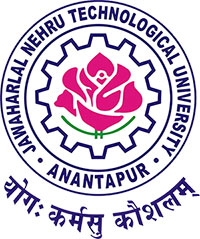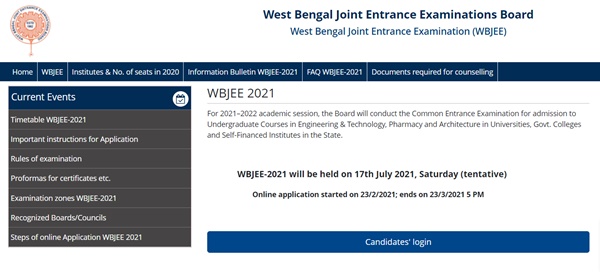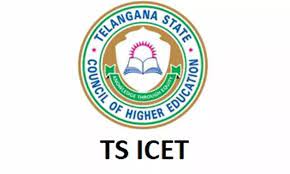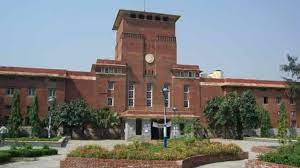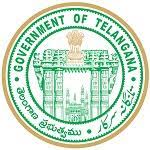Food Safety and Standards Authority of India (FSSAI) Exam Key was released for 28-31 March examinations. Recently, the FSSAI released a notification [No DR-04/2021] for various posts. As part of the selection process, the FSSAI organized the CBT in the last week of March. Competitors who had participated in the FSSAI CBT round can now check the answer keys of the respective tests from the FSSAI official portal.
FSSAI Answer Key 2022 Released; Objections up to 7 April
FSSAI CBT was held for Assistant Manager, Hindi Translator, IT Assistant, Junior Assistant Grade-1, Personal Assistant, Food Analyst, Technical Officer, Central Food Safety Officer, and Assistant posts. The competitors who appeared for the FSSAI written test round for various posts can check and download their answer keys online on the official website.
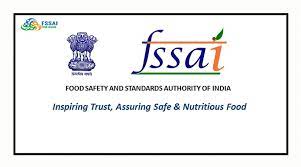
Check the answers for all the sets and all the dates. Tally with the attempted set to estimate the score. Candidates who found any answer wrong can raise objections against the answer key in the online portal till 11.59 PM on April 7, 2022.
Visit the FSSAI official portal and login with the registered credentials (User ID & Password) to download the FSSAI Exam question paper solutions.
In case of any queries/objections, file them on FSSAI official portal before 7th April. The organization is having a special committee to examine the objections. After going through the objections, the FSSAI will release the final key shortly.
If the candidates did not get any receipt regarding the objections within the stipulated time period, candidates can fight legally in the court of law. Candidates can also urge for a re-evaluation of the paper for the next stage of the selection process.

320-x100(1).gif)

